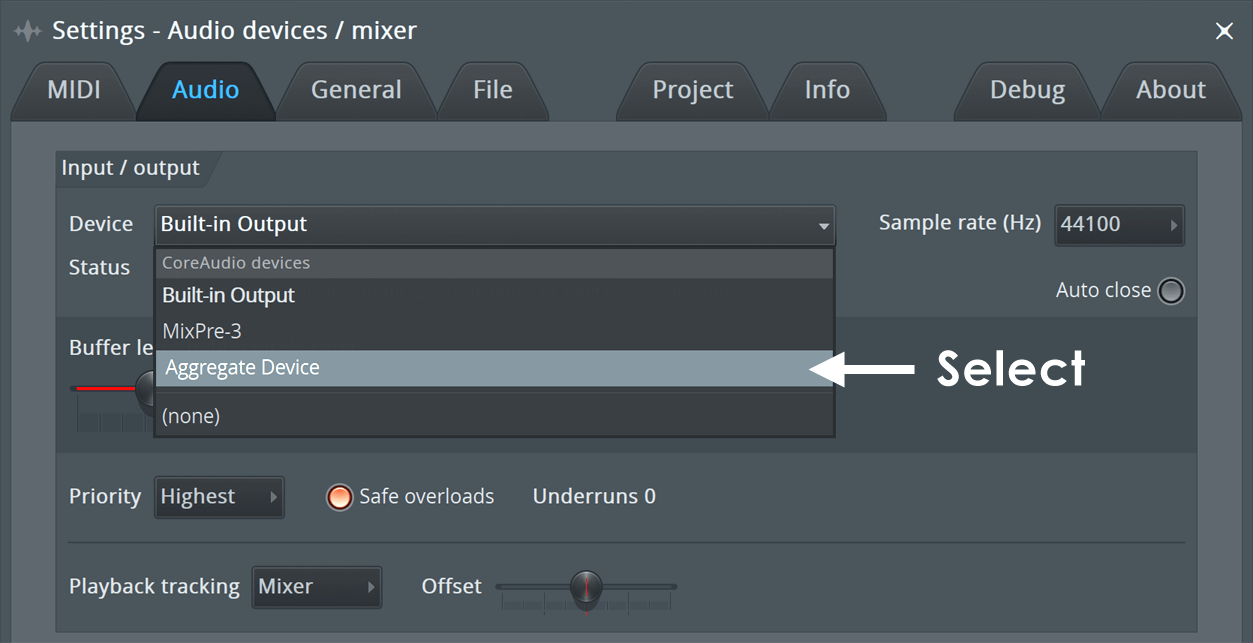


Let's start by briefly recapping on why software buffers are needed. The ideal setting can depend on quite a few different factors, including your particular PC and how you work with audio, while the parameters you're able to change, and how best to do it, can also vary considerably depending on which MIDI + Audio application you use. Setting the correct buffer size is crucial to achieving optimum performance from your audio interface: if it's too small you'll suffer audio clicks and pops, while if it's too large you'll encounter audible delays when performing in real time. Newcomers to computer music soon cotton on to the fact that this is because of 'latency' and 'buffer sizes', but are often left wondering just what to adjust and what the 'best' setting is. Sometimes this delay may be as much as a second, making 'real time' performances almost impossible. The SOS Forums are still awash with queries from new PC musicians asking why they get a delay between pressing a key on their MIDI keyboard and hearing the output of a soft synth on their computer. If you're tempted to go and make a cup of tea in the gap between pressing a note on your keyboard and hearing it play on your soft synth, you need help, and quickly. Here you can see the Control Panels for the Echo (left) and Emu (right) ranges, as launched from the Cubase SX Device Setup window. Choosing ASIO drivers, where possible, should help you achieve the lowest latency, using the Control Panel window provided by your particular audio interface.


 0 kommentar(er)
0 kommentar(er)
